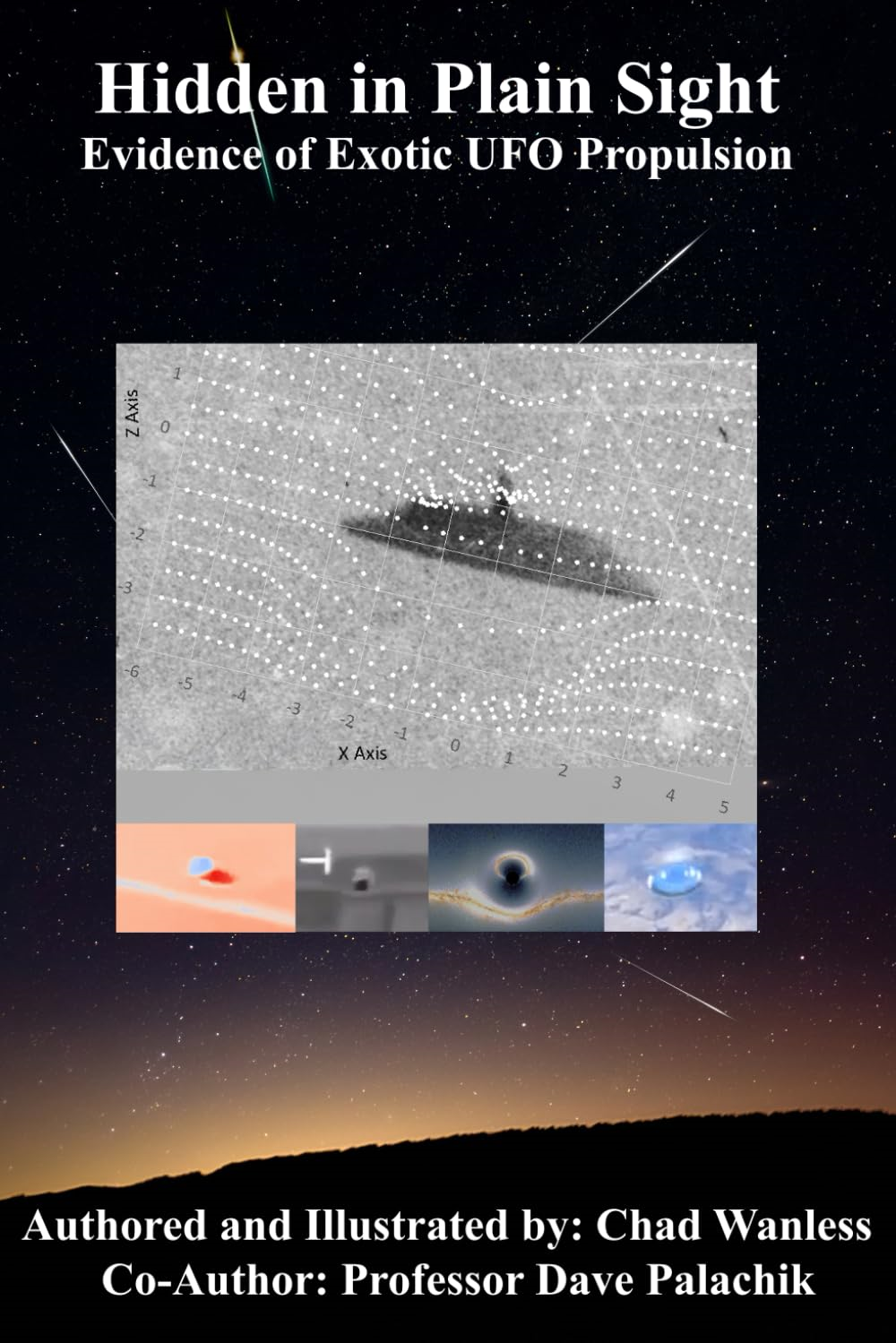Jupiter’s huge moon Ganymede stuns in new infrared image from NASA’s Juno probe0
- From Around the Web, Space
- August 11, 2021
Scientists are using infrared to better explore Jupiter’s moon Ganymede, the largest moon in our solar system.

Scientists are using infrared to better explore Jupiter’s moon Ganymede, the largest moon in our solar system.

Apollo-era samples suggest that any lunar magnetosphere endured no more than 500 million years
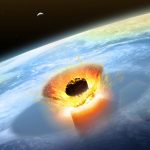
About 66 million years ago, an estimated 6-mile-wide (9.6 kilometers) object slammed into Earth, triggering a cataclysmic series of events that resulted in the demise of non-avian dinosaurs.
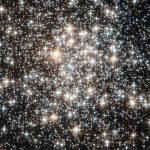
An ancient explosion sent a white dwarf star speeding through the galaxy.
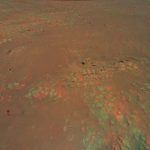
NASA’s Mars helicopter Ingenuity captured stunning new aerial views of its landing site Jezero Crater during its most complex flight yet.

Mars is calling! NASA is seeking applicants for participation as a crew member during the first one-year analog mission in a habitat to simulate life on a distant world, set to begin in Fall 2022.
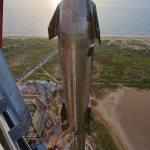
It’s a “dream come true” for the SpaceX founder who has his sights set on Mars.
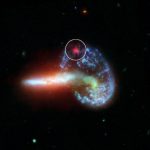
Astronomers using data from NASA’s Spitzer Space Telescope have looked for dust-extinguished supernovae in the nuclear regions of 40 luminous and ultra-luminous infrared galaxies within 200 Mpc (652 million light-years).
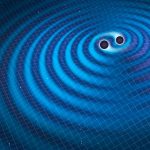
Most are probably false alarms, but some could be spacetime ripples that are extra hard to spot

The space station spun far more than the reported 45 degrees, according to NASA flight director Zebulon Scoville.
